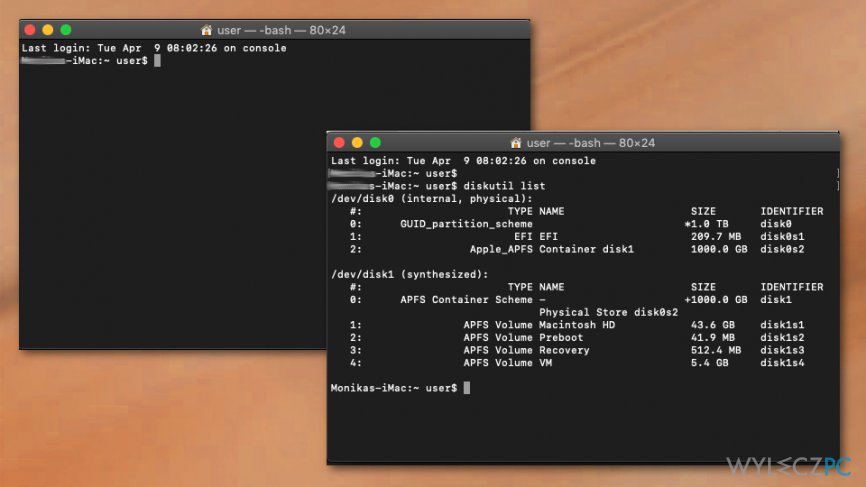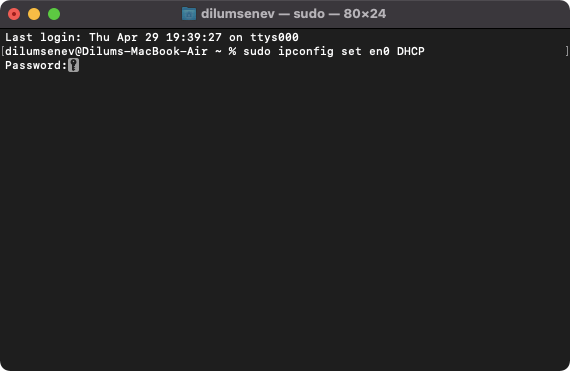
Every command is made up of three elements: the command itself, an argument which tells the command what resource it should operate on, and an option that modifies the output.

To run a command, you just type it at the cursor and hit Return to execute. But before we do that, it’s worth spending a little time getting to know how commands work. Basic Mac commands in Terminal The quickest way to get to know Terminal and understand how it works is to start using it. If you don’t like the black text on a white background, go to the Shell menu, choose New Window and select from the options in the list. If you want to make the window bigger, click on the bottom right corner and drag it outwards. There are a number of different shells that can run Unix commands, and on the Mac Bash is the one used by Terminal. In the title bar are your username, the word 'bash' and the dimensions of the window in pixels.īash stands for 'Bourne again shell'. You’ll see a small window with a white background open on your desktop. To open it, either open your Applications folder, then open Utilities and double-click on Terminal, or press Command - spacebar to launch Spotlight and type 'Terminal,' then double-click the search result. How to open Terminal on Mac The Terminal app is in the Utilities folder in Applications.

Once you’ve done that, you can dig deeper and learn more commands and use your Mac’s command prompt for more complex, as well as some fun, tasks. In order to use it, however, you’ll need to get to grips with its basic commands and functions. There are several advantages to using Terminal to accomplish some tasks - it’s usually quicker, for example.

Terminal is a Mac command line interface. Well, perhaps because you’re used to working on a command line in a Unix-based system and prefer to work that way. One must be aware of the commands that are being fetched and its outcome. Remember Terminal is an application that allows users to communicate through the Mac computer by fetching commands written in low-level languages.

The Terminal app allows you to control your Mac using a command prompt.


 0 kommentar(er)
0 kommentar(er)
